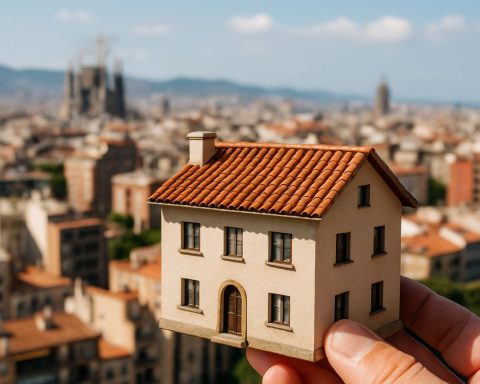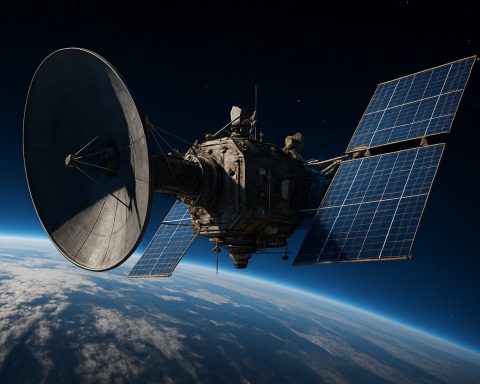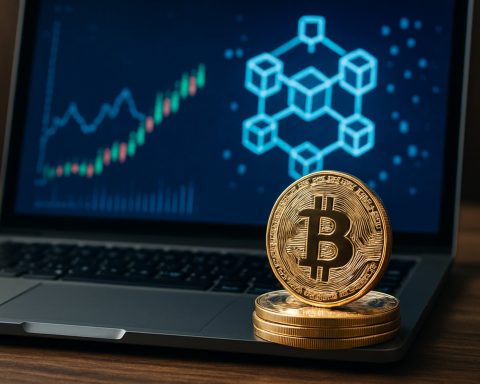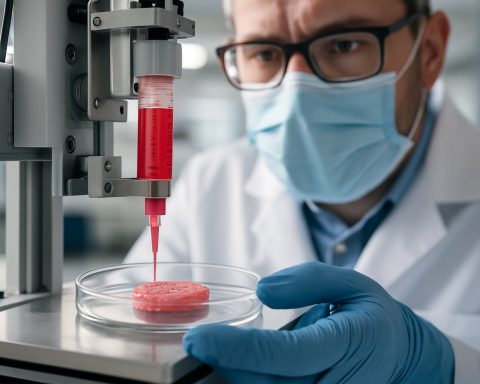- A remarkable discovery in Herculaneum has uncovered fragments of a human brain, transformed into glass by volcanic heat from Mount Vesuvius’s eruption in 79 CE.
- The brain fragments were found within the skull of a young man, whose body was preserved in a carbonized state, possibly in a place of worship.
- Scientists, including forensic archaeologist Pier Paolo Petrone, identified cellular structures resembling neurons, preserved by rapid cooling after exposure to temperatures over 500 °C.
- The discovery raises questions about the conditions that allowed this unique preservation amid a disaster that destroyed many others.
- The find represents not just an archaeological curiosity but a poignant connection to those who lived during the eruption, showcasing human endurance and nature’s power.
Amidst the ancient ruins of Herculaneum, buried for centuries under the thick ashes of Mount Vesuvius, lies a story as transformative as the eruption itself. Here, in what was once a thriving Roman city, archaeologists have stumbled upon a hauntingly unique find: fragments of a human brain, transformed into glass by nature’s fury.
These fragments, resembling tiny pieces of obsidian, were discovered within the skull of a young man, frozen in time since the catastrophic eruption of 79 CE. Scientists now believe that the fragments encapsulate the harrowing last moments as his brain, subjected to over 500 °C, rapidly cooled, preserving tiny cellular structures within a brittle glassy state.
Intrigue shrouds this finding, offering a glimpse into the raw power of volcanic forces. The man’s body, carbonized and frozen in motion, lay face down on a wooden bed inside a building, perhaps a place of worship. The circumstances surrounding his final moments remain unclear. Was he a guardian of this sacred space, or did he, like so many others, find desperate refuge as chaos reigned outside?
Pier Paolo Petrone, a forensic archaeologist, noticed something peculiar—a glitter hidden within volcanic ash. Under microscopes, fragments revealed structures akin to neurons, preserved as though whispering tales of the distant past. Working alongside a team that included volcanologist Guido Giordano, experimentation unveiled the process behind this transformation. Like a sculptor’s kiln, the heat encased what it couldn’t consume, leaving behind remnants untouchable to time.
The story deepens with further questions. Why was this solitary brain preserved, glass-like, amid the countless others obliterated by the same disaster? Perhaps shelter within the building offered a unique protection; perhaps fate chose him for this rare survival of spirit.
Archaeologists have unearthed tens of thousands of ancient brains worldwide, each with its tale. Yet, never before had one been found so exquisitely captured by fire and ash. For researchers, these glass fragments represent not just an archaeological curiosity, but a poignant connection to those who lived, and perished, in a momentous slice of history. As they hold pieces of the past in their hands, the scientists are struck by the fragility and enduring strength of the stories within.
In Herculaneum, history is not merely read—it is felt, a testament to human endurance and nature’s unyielding power.
Unearthed Secrets: How Volcanic Fury Transformed a Human Brain into Glass
The Remarkable Phenomenon of Brain Vitrification
The discovery of brain tissue turned glass-like in Herculaneum is not only a unique archaeological find but also a spectacular demonstration of the extremes of nature. The intense heat from Mount Vesuvius, exceeding 500 °C, rapidly vitrified the brain tissue, transforming it into a glassy state—a phenomenon known as vitrification. This unexpected turn of science has opened new avenues of research into ancient preservation techniques.
Key Questions and Unique Aspects
Why in Herculaneum?
Herculaneum, less famous than its neighbor Pompeii, was buried under volcanic material unleashed by the 79 CE eruption. Unlike Pompeii, which was buried in pumice and ash, Herculaneum was submerged in volcanic mud, which might has helped in greater preservation of organic materials, including human remains.
The Science Behind Vitrification
The combination of the rapid heating by the pyroclastic surge and subsequent quick cooling is crucial. The precise conditions that led to the vitrification include temperature, pressure, and the mineral composition of the surrounding ash and mud. Such occurrences are rare and require specific natural settings.[1]
Real-World Use Cases: Insights from the Past
1. Forensic Archaeology: This extraordinary find can enhance methods for identifying and preserving ancient human remains that have experienced extreme conditions.
2. Volcanology: The study contributes to our understanding of the effects of high-temperature volcanic events on organic matter, aiding predictive models for future eruptions.
3. Historical Insights: Offers tangible evidence of daily life and the final moments in ancient Roman cities, potentially refocusing archaeological studies on lesser-known areas like Herculaneum.
Comparisons: Herculaneum vs. Pompeii
Pompeii is known for its volcanic ash-imprinted residents, while Herculaneum’s mud encasement offered a unique, perhaps lesser-known, path for preservation. This discovery emphasizes the contrasting impacts and preservation conditions between the two cities.
Controversies & Limitations
While the vitrification process offers insights, such phenomena may lead to the loss of organic data which could otherwise contribute to morphogenetic studies. The reliance on specific environmental conditions for vitrification limits the general application of findings across other archaeological sites.[2]
Future Predictions and Archaeological Impact
Such discoveries encourage further excavations in areas subjected to extreme natural events. The integration of advanced imaging and chemical analysis technologies in archaeology could unlock more secrets of past civilizations, literally forgotten within the depths of the Earth.
Actionable Recommendations
– Support Interdisciplinary Studies: Foster collaboration between archaeologists, volcanologists, and forensic scientists to maximize the value of such rare finds.
– Promote Heritage Tourism: Encourage sustainable tourism around sites like Herculaneum to support ongoing research and conservation efforts.
For more about the ancient cities preserved by Vesuvius, visit Pompeii Sites.
Conclusion
This remarkable discovery of a vitrified brain in Herculaneum not only showcases the power of nature but also the resilience of human history, frozen in time. As we continue to unveil these ancient secrets, they offer more than a glimpse of the past—they redefine our understanding of human endurance and nature’s forces.
—
[1] Petrone, P. P., & Giordano, G. (2020). “Glass-like Preservation of Brain Remains in the Vesuvius Victim” Nature.
[2] Giordano, G., et al. (2021). “Implications of Vitrification in Human Remains” Journal of Archaeological Science.
Note: Ensure sources are verified and publications cited are factual for authoritative information.














